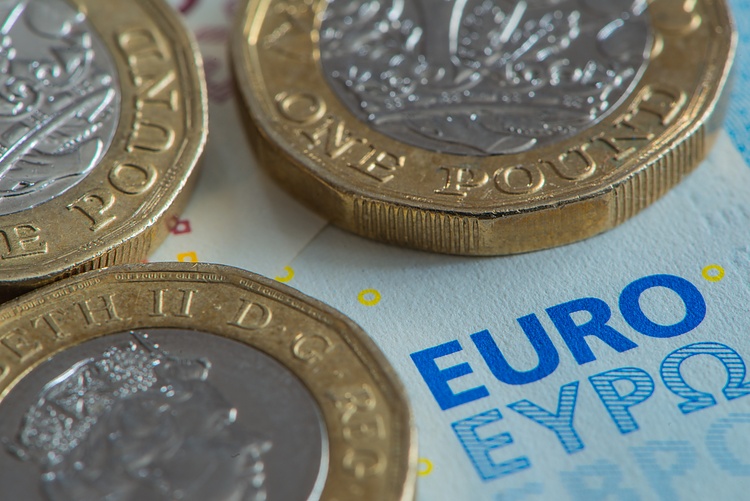- EUR/GBP trades softer around 0.8435 in Monday’s early European session.
- ECB cut its rate by 25 bps last week, but the bank offered no indications of what its next move would be.
- The BoE is anticipated to hold the interest rate at 5.0% on Thursday.
The EUR/GBP cross edges lower to near 0.8435 during the early European session on Monday. The upside of the Euro (EUR) might be limited after the European Central Bank’s (ECB) interest rate decision last week. The attention will shift to the UK and Eurozone August inflation data on Wednesday ahead of the Bank of England (BoE) interest rate decision.
The ECB delivered a quarter-point interest rate cut last week, marking its second reduction to the deposit rate this year. Furthermore, the central bank revised its growth forecast for 2024 to 0.8% from an earlier projection of 0.9% due to “weaker contribution from domestic demand over the next few quarters.” The ECB rate cut and lower growth forecasts might undermine the shared currency in the near term.
The ECB Governing Council member Gabriel Makhlouf noted on Friday that the central bank continues to operate in a “highly uncertain environment” and will remain data-dependent when it comes to making future monetary policy decisions.
On the GBP’s front, the BoE rate decision will be the highlight on Thursday, with expectations that it will leave its policy rate unchanged at 5.0% in the September meeting. Ahead of the UK key event, the UK Consumer Price Index (CPI) inflation data will be published, which is expected to show an increase of 2.2% YoY in August. The softer reading could prompt the BoE to consider another cut in November.
ECB FAQs
The European Central Bank (ECB) in Frankfurt, Germany, is the reserve bank for the Eurozone. The ECB sets interest rates and manages monetary policy for the region. The ECB primary mandate is to maintain price stability, which means keeping inflation at around 2%. Its primary tool for achieving this is by raising or lowering interest rates. Relatively high interest rates will usually result in a stronger Euro and vice versa. The ECB Governing Council makes monetary policy decisions at meetings held eight times a year. Decisions are made by heads of the Eurozone national banks and six permanent members, including the President of the ECB, Christine Lagarde.
In extreme situations, the European Central Bank can enact a policy tool called Quantitative Easing. QE is the process by which the ECB prints Euros and uses them to buy assets – usually government or corporate bonds – from banks and other financial institutions. QE usually results in a weaker Euro. QE is a last resort when simply lowering interest rates is unlikely to achieve the objective of price stability. The ECB used it during the Great Financial Crisis in 2009-11, in 2015 when inflation remained stubbornly low, as well as during the covid pandemic.
Quantitative tightening (QT) is the reverse of QE. It is undertaken after QE when an economic recovery is underway and inflation starts rising. Whilst in QE the European Central Bank (ECB) purchases government and corporate bonds from financial institutions to provide them with liquidity, in QT the ECB stops buying more bonds, and stops reinvesting the principal maturing on the bonds it already holds. It is usually positive (or bullish) for the Euro.
Read the full article here

